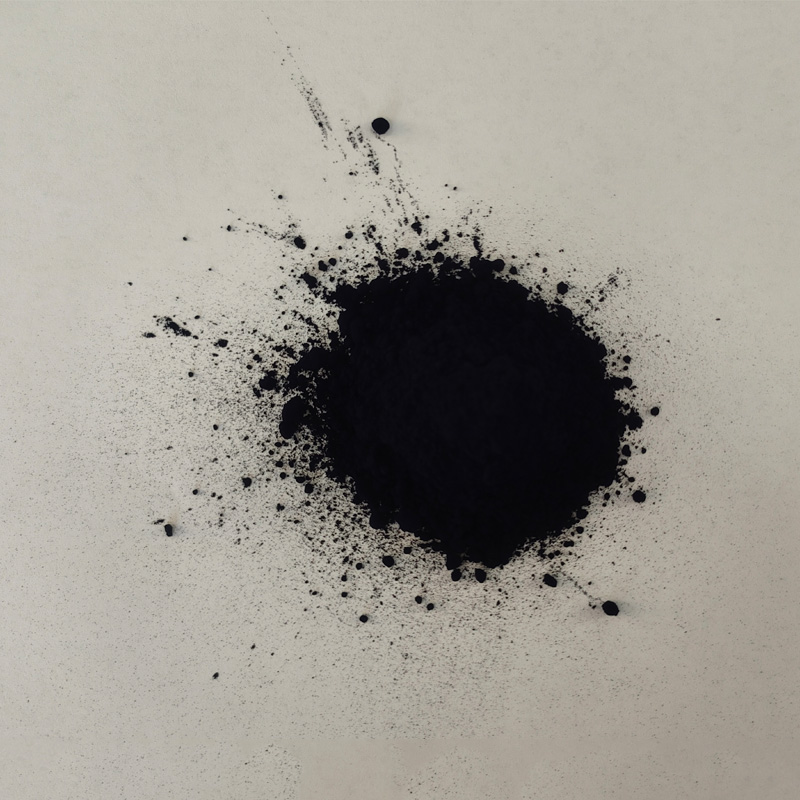Indigo Blue Vat Blue


While indigo is most commonly associated with textiles, its applications have expanded significantly. High-quality natural indigo pigment is now making waves in other industries such as cosmetics and artisan crafts. In cosmetic applications, indigo-infused products claim benefits such as soothing and anti-inflammatory properties, catering to modern consumers' preference for natural ingredients. In the realm of arts and crafts, natural indigo is revered for its versatility and depth of color. Artists utilize it to create stunning works that boast both vividness and historical depth, a nod to the dye’s cultural and artistic heritage. The Green Revolution Environmental and Ethical Implications High-quality natural indigo pigment resonates with today's eco-conscious creators and consumers alike. It represents a movement towards reducing dependence on synthetic dyes that often have harmful environmental impacts. Indigo farming encourages biodiversity, enriching the soil and supporting ecosystems rather than depleting them, vastly differing from the ecological footprint left by synthetic dyes. Additionally, supporting the production of natural indigo promotes ethical labor practices. It often involves fair trade agreements that empower local communities, particularly in regions where indigo cultivation has been a historic livelihood. By choosing natural indigo, consumers and industries endorse sustainable commerce that respects both people and the planet. Navigating the Market Selecting Authentic Indigo When navigating the market, distinguishing true natural indigo from imitations is crucial. High-quality natural indigo is typically higher-priced, reflecting the labor-intensive creation process. However, the payoff lies in its unrivaled authenticity and sustainability. Look for certifications or origins labels that guarantee the product's authenticity, and consider suppliers who offer transparency regarding their sourcing and production methods. Renowned producers often offer samples and share their crafting stories, setting apart genuine offerings from synthetic alternatives disguised as authentic. In an era dominated by mass production and synthetic solutions, high-quality natural indigo pigment stands as a beacon of heritage, craftsmanship, and sustainability. As consumers and producers gravitate towards greener, more ethical choices, indigo’s rich history and vibrant future continue to incite admiration and innovation across diverse industries.
-
Thermal Stability Analysis of Bromo Indigo Pigments
NewsJun.06,2025
-
Sulphur Black Dye Oxidation Process Optimization
NewsJun.06,2025
-
Lightfastness Testing of Bromo Indigo Dyed Denim
NewsJun.06,2025
-
Granule Size Distribution and Jeans Color Uniformity
NewsJun.06,2025
-
Gradient Dyeing Methods with Indigo Blue Granules
NewsJun.06,2025
-
Dyeing Temperature Effects on Sulphur Black Color Fastness
NewsJun.06,2025
-
Sulphur Black Dyes in Daily Use
NewsMay.07,2025

Sulphur Black
1.Name: sulphur black; Sulfur Black; Sulphur Black 1;
2.Structure formula:
3.Molecule formula: C6H4N2O5
4.CAS No.: 1326-82-5
5.HS code: 32041911
6.Product specification:Appearance:black phosphorus flakes; black liquid

Bromo Indigo; Vat Bromo-Indigo; C.I.Vat Blue 5
1.Name: Bromo indigo; Vat bromo-indigo; C.I.Vat blue 5;
2.Structure formula:
3.Molecule formula: C16H6Br4N2O2
4.CAS No.: 2475-31-2
5.HS code: 3204151000 6.Major usage and instruction: Be mainly used to dye cotton fabrics.

Indigo Blue Vat Blue
1.Name: indigo blue,vat blue 1,
2.Structure formula:
3.Molecule formula: C16H10N2O2
4.. CAS No.: 482-89-3
5.Molecule weight: 262.62
6.HS code: 3204151000
7.Major usage and instruction: Be mainly used to dye cotton fabrics.

